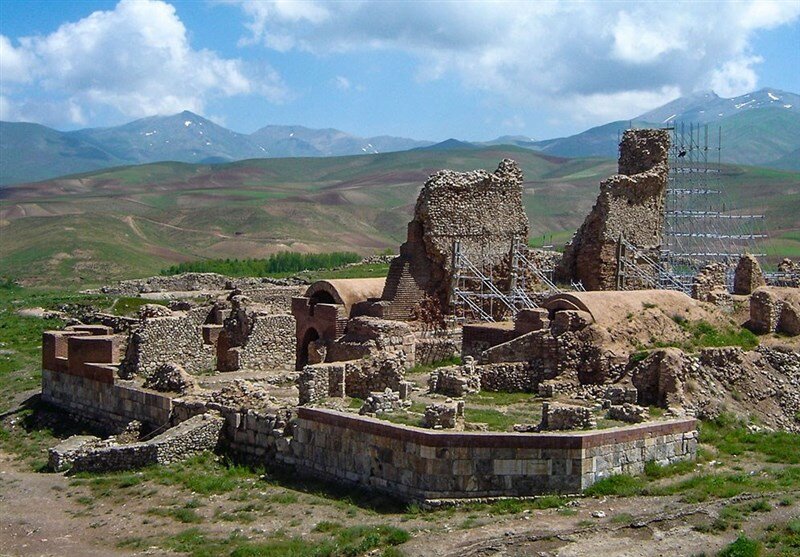Budget allocated to tourism-related projects in West Azarbaijan

TEHRAN – The Iranian government has allocated some 1.2 ($4.1 million) to the tourism-related projects underway in West Azarbaijan province, northwestern Iran, the provincial tourism chief has said.
The budget will be spent on nine projects in the areas of tourism, cultural heritage, and handicrafts, Jalil Jabbari explained on Wednesday.
The projects include boosting the tourism infrastructure of the World Heritage sites of St. Thaddeus Monastery, also known as the Qareh Klise (“the Black Church”), and Takht-e Soleyman (“Solomon’s Throne”) as well as restoring the centuries-old Jameh Mosque of Urmia, the official added.
Last week, the official announced that West Azarbaijan province is slated to be marketed as a top travel destination for summertime.
As a way to distribute travel fairly in the country and to develop tourism capacities throughout the country, the northwestern province as well as some other provinces will be introduced as summertime holiday destinations, he noted.
Considering its history, culture, social and tourism potential, as well as the availability of suitable accommodation, hospitality, and leisure facilities, West Azarbaijan is ready to receive travelers and tourists, the official mentioned.
Before the coronavirus outbreak, the number of travelers to the province was increasing, but the pandemic halted that trend, he noted.
However, the province was a popular destination for travelers during the Noruz holiday this year, he said.
Earlier this month, the official announced that some 1500 beds are expected to be added to the hospitality sector of the province.
West Azarbaijan province will increase its accommodation capacity by 1500 beds upon the completion and inauguration of 30 unfinished tourism-related projects, he explained.
A budget of 400 billion rials ($1.4 million) has been allocated to the projects, the official added.
St. Thaddeus Monastery is one of the oldest surviving Christian monuments in the country. It is situated in Chaldoran county some 20 kilometers from Maku, adjacent to the borders of Armenia, Azerbaijan and Turkey.
The ancient Church shows off elaborate bas-reliefs of flowers, animals and human figures on its façade and exterior walls. It bears verses from the Old and New Testament in Armenian calligraphy as well.
Together with St. Stepanos Monastery and the Chapel of Dzordzor, Qareh Klise was placed on the UNESCO World Heritage list in 2008 under the name “Armenian Monastic Ensembles of Iran”. All three sites are located in West Azarbaijan and are of high significance from historical and cultural perspectives. They bear credible testimony to interchanges with the ancient regional societies in particular the Byzantine, Orthodox and Persian.
UNESCO has it that the churches bear examples of the outstanding universal value of the Armenian architectural and decorative traditions.
Takht-e Soleyman (“Solomon’s Throne”) bears testimony to various eras of the nation’s history. It is situated in the southeastern highlands of West Azarbaijan province overlooking a lake with a backdrop of a snowcapped mountain range.
The historical ensemble was established in a geologically anomalous location as the base of the temple complex sits on an oval mound roughly 350 by 550 meters. Inspired by natural context, the rich harmonious composition draws local and foreign travelers who want even for minutes to revel in its peaceful atmosphere.
West Azarbaijan embraces a variety of lush natural sceneries, cultural heritage sites, and museums including the UNESCO sites of Takht-e Soleyman and Qareh Klise (St. Thaddeus Monastery), Teppe Hasanlu, and the ruined Bastam Citadel.
The region was home to several ancient civilizations. According to Britannica, it was conquered by Alexander the Great in the 4th century BC and was named Atropatene after one of Alexander’s generals, Atropates, who established a small kingdom there. Ultimately, the area returned to the Persian (Iranian) rule under the Sasanians in the 3rd century CE.
ABU/
